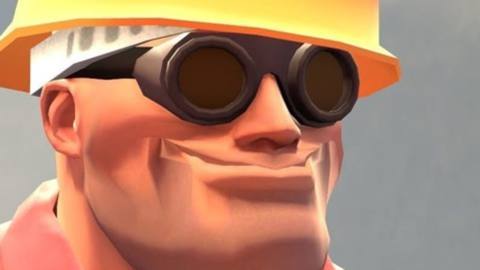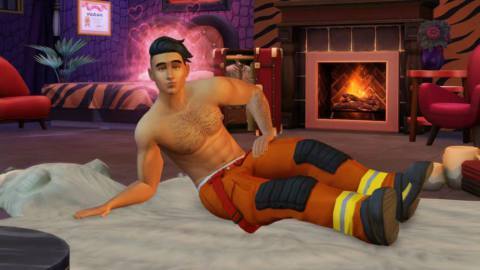
My half-hour spent playing The Rogue Prince of Persia felt a bit like coming home. And not particularly because of the Prince of Persia bit, if I’m honest. I still love the Prince, but I also appreciate that they feel like Ubisoft’s new minister without portfolio at the moment: they’re a little unmoored, and they go where they’re needed. They’re willing to drop into a Metroidvania for The Lost Crown or, in the case of The Rogue, a roguelike or roguelite. The Prince sits around at Ubi HQ, possibly in one of the nicer cubicles, and bounces from one project to another, with no idea of what’s next. Probably not a bad life, really.
No, The Rogue Prince of Persia felt like coming home because it’s the new game from Evil Empire. I’ve had a quick dig through the clippings this morning and from what I can gather, this was the studio spun-off by Motion Twin to look after its own roguelite Dead Cells while the core studio got on with the next thing – which is, unhelpfully if you’re hoping for a clear, uncluttered narrative, another roguey game called Windblown. After handling Dead Cells for a few years, Evil Empire apparently had a bit of a road map left for it, but then this February it was announced that work had ended on the game – a move that former Dead Cells lead Sébastien Benard suggested was Motion Twin trying to give Windblown a bit of roomAct for itself.
Follow that? The important thing is that Evil Empire is back with The Rogue of Prince of Persia, and if you’re coming to this game from Dead Cells you’re going to feel very comfortable. The flow of the game feels similar, with procedurally generated levels – they’re 2D and often come with a lot of verticality – regularly studded with unlockable fast travel points. And combat feels familiar, too. It’s fast and sharp, and your big challenge is frequently management of three or four enemies, meaning you have to have a keen sense of when to run straight in, and when to slip past someone and attack the person behind them.






